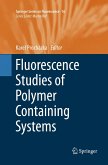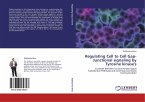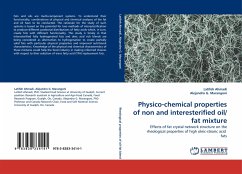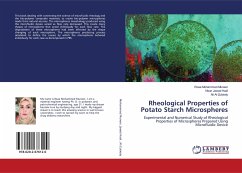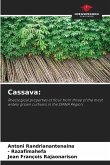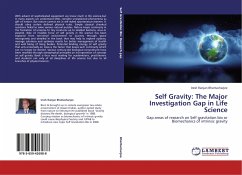In this work, a commercial rotational rheometer has been modified to facilitate rheological measurements at a gap width of a few micrometers. Working at narrow gaps presents many advantages: It enables to extend the range of applicability of the rheometer to measure, for instance, low viscosities, high shear rates and normal stresses at the smallest amount of samples and to carry out experiments directly at biological cells. Although the parallel-disk geometry allows for easy adjustment of the gap width, in commercial rheometers it suffers from errors that restrict the measurement gap width such as squeeze flow of air during zero-gap error setting due to misalignment of the parallel-disks and insufficient flatness of the plates while zeroing the device plates. To minimize the zero-gap error, a procedure has been developed to align the parallel-disks to each other within an uncertainty of ±0.7 µm gap width, i.e. the zero-gap precision is improved by a factor of 30 and more. In oscillation, the precision can be enhanced to about ±0.2 µm.
Bitte wählen Sie Ihr Anliegen aus.
Rechnungen
Retourenschein anfordern
Bestellstatus
Storno


